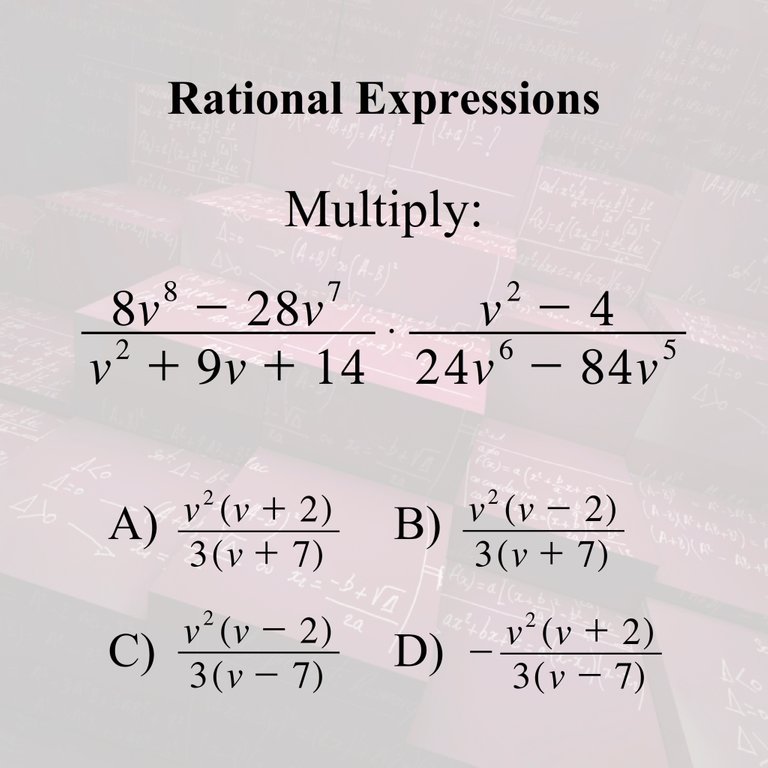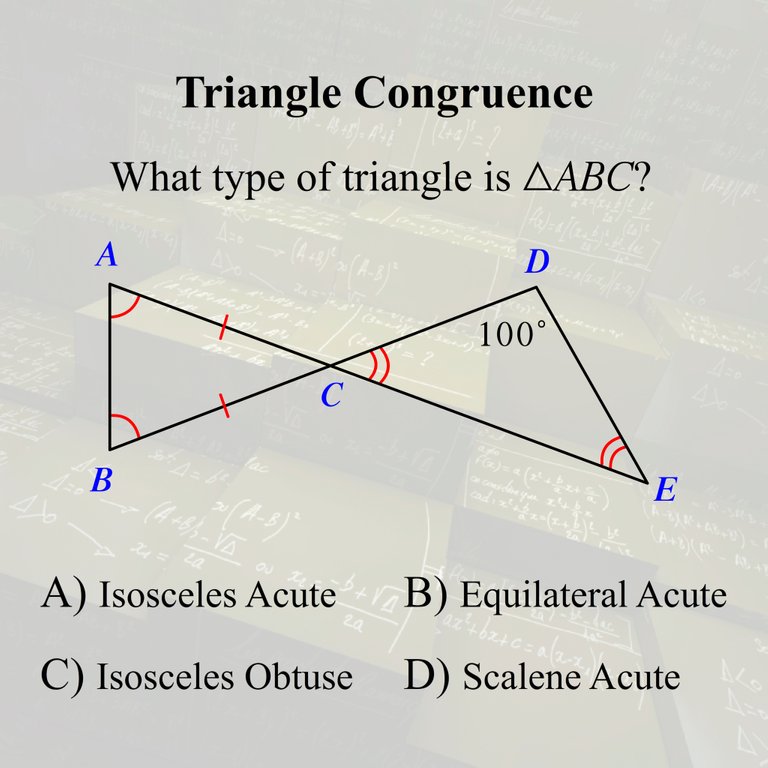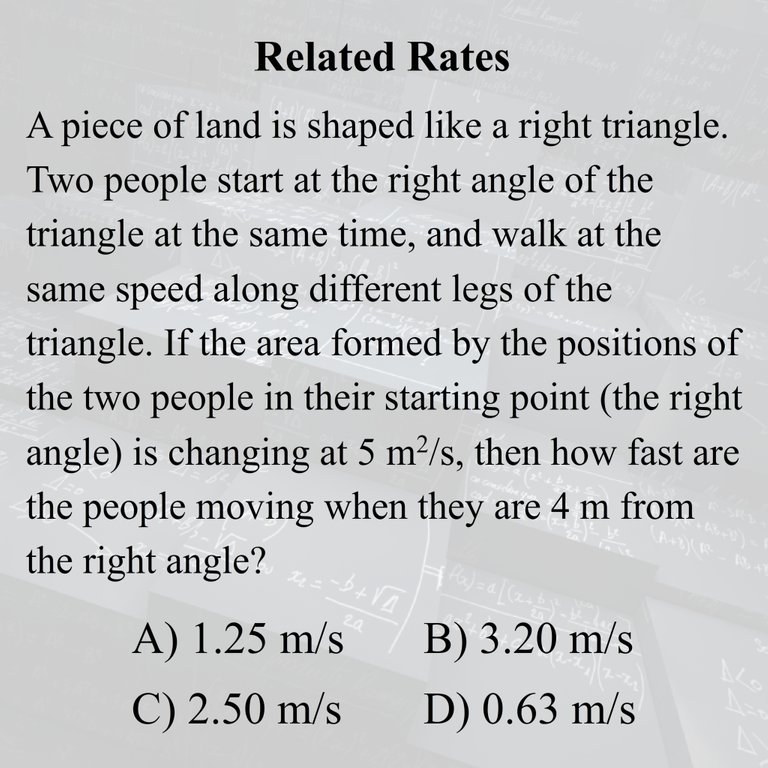3 Subject Math Quiz #1
Try out these 3 math problems one is from Algebra 1 (Beginning Algebra), another one from Geometry, and the last one is from Calculus I (Differential Calculus). See if you can get all 3 correct!
Algebra 1

Geometry

Calculus I

0
0
0.000
Well the second is A.
I'll have to get a pen and paper to do the first one, and I'd have to think really hard to attempt the third.
Correct the second one is A.
The first is B, and I didn't actually have to get pen and paper.
I'm not quite sure how to solve the third yet. Maybe I'll ruminate on it overnight.
Correct the first is B.
In the third question, are the two walkers moving at a constant speed?
It's obvious that the speeds of the two walkers are identical, but are they also constant as they move along the legs of the triangle?
That is to say if the triangle's area is increasing by 5 square meters per second at the very beginning, it would continue to increase faster at a rate proportional to half of the square of the distance traveled?
Or does it mean that the area always increases at a rate of 5 square meters per second and that the walkers' speeds slow over time while remaining identical to one another to fulfill that condition?
Sorry, it seems a bit unclear to me as I'm trying to work it out.
"In the third question, are the two walkers moving at a constant speed?" Yes, they are walking at a constant speed.
Alright, in that case I'm going to have to go out on a limb here and say B.
I say go out on a limb because I can't derive any of the solutions exactly, but B is closest to my (likely faulty) approximation.
Since this is by far the most interesting question here, I'll lay out my reasoning below.
Since the area is increasing by 5 square meters per second at the beginning, I simply see how long the legs would be once the area is 5 and call it a second. Then the speed would be approximately that leg length per second. I expect this approximation to be low because the rate of change of area should increase with distance at constant speed, as I mentioned in the above comment.
An isosceles right triangle is half of a square with side length equal to the length of that triangles legs.
Because I want an area 5 isosceles right triangle, I know the square will have area 10.
From there I take the square root of 10, which is a little more than 3.16.
So, my approximate speed is 3.16 m/s.
If speed is constant it doesn't matter whether they're 4 meters from the angle or 4 kilometers from the angle, they should be moving around 3.16 meters per second.
That is closest to option B, at 3.2 m/s, so I chose that one.
🤞
The problems reads: If the area formed by the positions of the two people in their starting point (the right angle) is changing at 5 m^2/s.
So when the two persons are 4 meters from the right angle the rate of change of area with respect to time is 5 m^2/s.
Try finding an expression for the rate of change of area with respect to time...